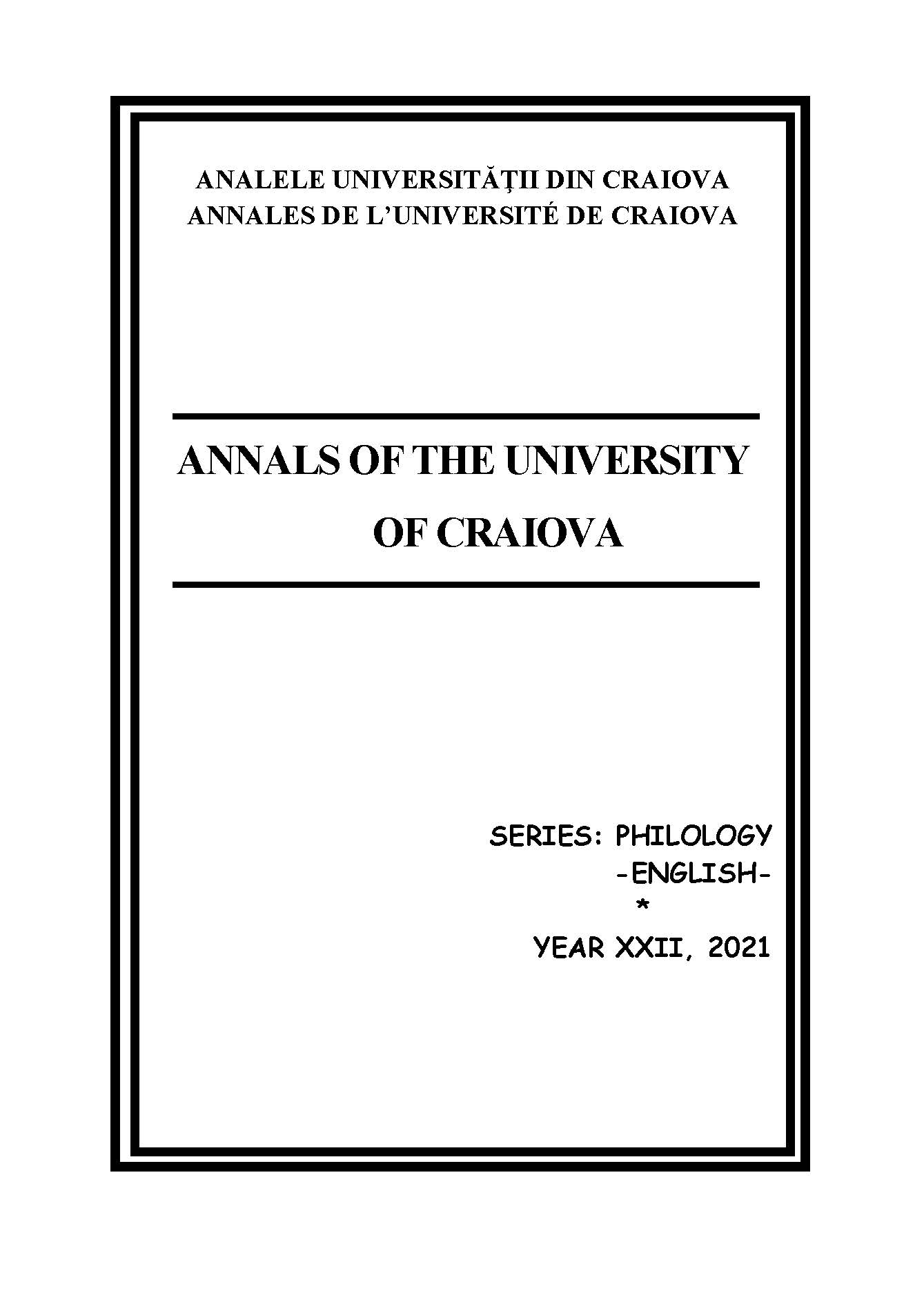Translating Architecture of Walls into the Architecture of Words
Translating Architecture of Walls into the Architecture of Words
Author(s): Mirjana Daničić, Milan RadojevićSubject(s): Language and Literature Studies, Architecture, Studies of Literature, Translation Studies, Theory of Literature
Published by: Editura Universitaria Craiova
Keywords: architecture; fiction; translation; construction projects; bridges; walls;
Summary/Abstract: The authors begin this research with the story of the Tower of Babel, taking it not as a narrative demonstrating a divide, but as a parable of a modern construction project where people work together in a universal language with the aim to build a massive structure. While the mythological story sets the foundations for the rise of multilingualism, from the architectural point of view, it explains the incessant desire of the human kind to construct projects that will last forever. Building on George Steiner’s argument stated in his seminal work After Babel (1975) that “even substantive remains such as buildings and historical sites must be ‘read’, i.e. located in a context of verbal recognition and placement, before they assume real presence”, the authors embark on the exploration of literary works (such as The Bridge on the Drina by Ivo Andrić, a Nobel laureate, or A Gentleman in Moscow by Amor Towles) which translate the architecture of bridges or walls into the architecture of words. The foundation for this kind of study is set in Paul Ricoeur’s essay Architecture and Narrative, in which he compares “the configuration of time in literary narrative” to “the configuration of space by the architectural project.” The authors investigate the ways in which writing stories in time overlaps with building stories in space.
Journal: Annals of the University of Craiova, Series: Philology, English
- Issue Year: XXII/2021
- Issue No: 1
- Page Range: 38-49
- Page Count: 12
- Language: English

